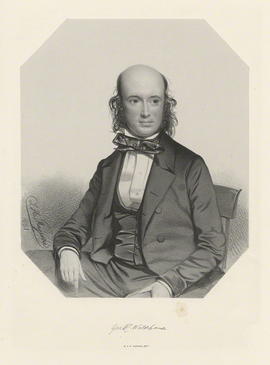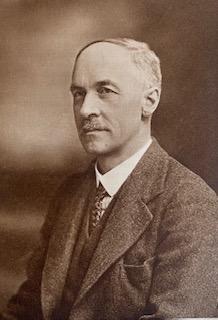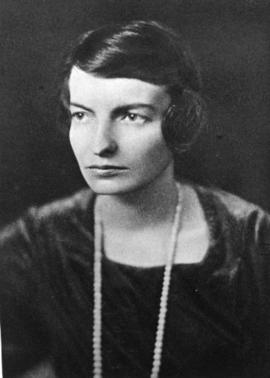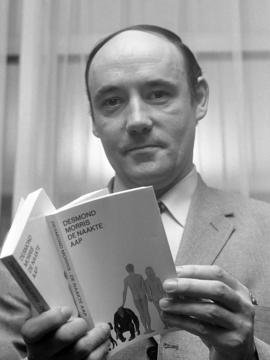John James Yealland was a British aviculturist and ornithologist. He helped Sir Peter Scott found the Wildfowl Trust at Slimbridge, Gloucestershire. He accompanied Gerald Durrell on his first animal collecting expedition to the British Cameroon in 1947-1948. He was Curator of Birds at London Zoo
John James Yealland was a British aviculturalist and ornithologist. He helped Sir Peter Scott found the Wildfowl Trust. He accompanied Gerald Durrell on his first animal collecting expedition to the British Cameroon in 1947-1948. He went to become the Curator of Birds at London Zoo
Collector and Curator of Mammals and Birds at ZSL London Zoo from 1945 until his resignation in 1952
George Robert Waterhouse was an English naturalist. He became interested in entomology though his father (an amateur entomologist) and he founded the Entomological Society of London along with Frederick William Hope in 1833 with himself as honorary curator. He became its president in 1849-50. The Royal Institution at Liverpool appointed him curator of its museum in 1835 and he exchanged this in 1836 for a position at the Zoological Society of London. His early work was on cataloguing the mammals at the museum and although he completed the work the next year, it was not published as he had not followed the quinary system of that time. He was invited to join Charles Darwin on the voyage of the Beagle but he declined it. On Darwin's return, the collection of mammals and beetles was entrusted to him. In November 1843 he became an assistant in the mineralogical department of the British Museum of Natural History. He became keeper in 1851 and held the position until his retirement in 1880. He was the author of A Natural History of the Mammalia (1846-48). He assisted Louis Agassiz with his Nomenclator Zoologicus.
Assistant Curator at ZSL London Zoo
David Seth-Smith was a British zoologist, wildlife artist, broadcaster and author. His career included spells as Curator of Mammals and Birds for the Zoological Society of London and editor of the Bulletin of the British Ornithologist's Club and the Avicultural Magazine. He also presented nature programmes on the BBC's Children's Hour under the name 'The Zoo Man', and also ''Friends from the Zoo' on BBC Television in the 1930s. He illustrated and photographed many animals and birds in captivity and is credited with taking the only known photographs of the now extinct pink-headed duck.
By 1945, he was a Fellow of the Royal Zoological Society, Member of the British Ornithologist's Union, Hon. Fellow, New York Zoological Society; Corresponding Fellow, American Ornithologists' Union; and Corresponding Member, Societe National d'Acclimatation de France.
Joan Beauchamp Procter was a British zoologist and herpetologist. She worked initially at the British Museum (Natural History) and later at the Zoological Society of London, as the first female Curator of Reptiles at London Zoo. She undertook substantial taxonomic work and made innovative contributions to veterinary practice and zoo displays. She wrote scientific and popular zoological articles, including early accounts of the behaviour of captive komodo dragons.
Assistant Curator of Insects at ZSL London Zoo
Curator of Birds
Desmond John Morris is an English zoologist, ethologist and surrealist painter, as well as an author in human sociobiology. He is known for his 1967 book 'The Naked Ape' and for his television programmes such as 'Zoo TIme'.
Morris was born in Purton, Wiltshire, to Marjorie (nee Hunt) and children's fiction author Harry Morris. He was educated at Dauntsey's School, Wiltshire. In 1946 he joined the British Army for two years of national service, becoming a lecturer in fine arts at the Chiseldon Army College in Wiltshire. After being demobilised he studied zoology at the University of Birmingham. In 1951 he began a doctorate at the Department of Zoology, University of Oxford, in animal behaviour. In 1954 he earned a Doctor of Philosophy for his work on the reproductive behaviour of the ten-spined stickleback.
In 1956 he moved to London as Head of the Granada TV and Film Unit for the Zoological Society of London, and studies the picture-making abilities of apes. The work included creating programmes for film and television on animal behaviour and other zoology topics. He hosted Granada TV's weekly 'Zoo Time' programme until 1959, and 'Life in the Animal World' for BBC2. In 1957 he organised an exhibition at the Institute of Contemporary Arts in London, showing paintings and drawings composed by common chimpanzees. In 1958 he co-organised an exhibition, 'The Lost Image', which compared pictures by infants, human adults and apes, at the Royal Festival Hall, London. In 1959 he left 'Zoo Time' to become the Zoological Society of London's Curator of Mammals. In 1964 he delivered the Royal Institution Christmas Lecture on Animal Behaviour. In 1967 he spent a year as Executive Director of the London Institute of Contemporary Arts.
Morris's books include 'The Naked Ape: A Zoologist's Study of the Human Animal' (1967). Morris moved to Malta in 1968 to write a sequel and other books. In 1973 he returned to Oxford to work for the ethologist Niko Tinbergen. From 1973 to 1981, Morris was a Research Fellow at Wolfson College, Oxford. In 1979 he undertook a television series for Thames TV, 'The Human Race', followed in 1982 by 'Man Watching in Japan, The Animals Road Show' in 1986 and then several other series. National Life Stories conducted an oral history interview (C1672/16) with Morris in 2015 for its Science and Religion collection held by the British Library.



